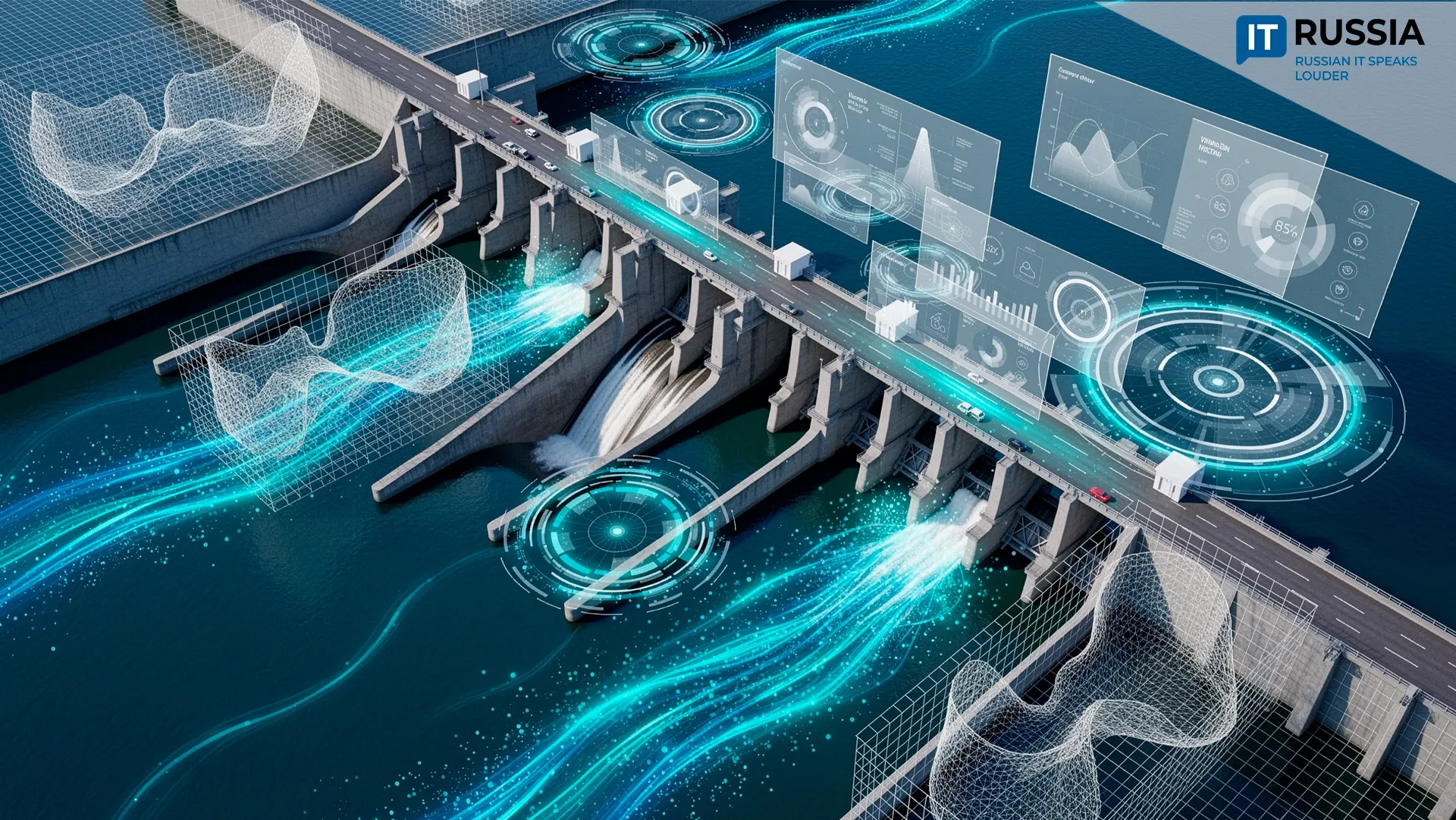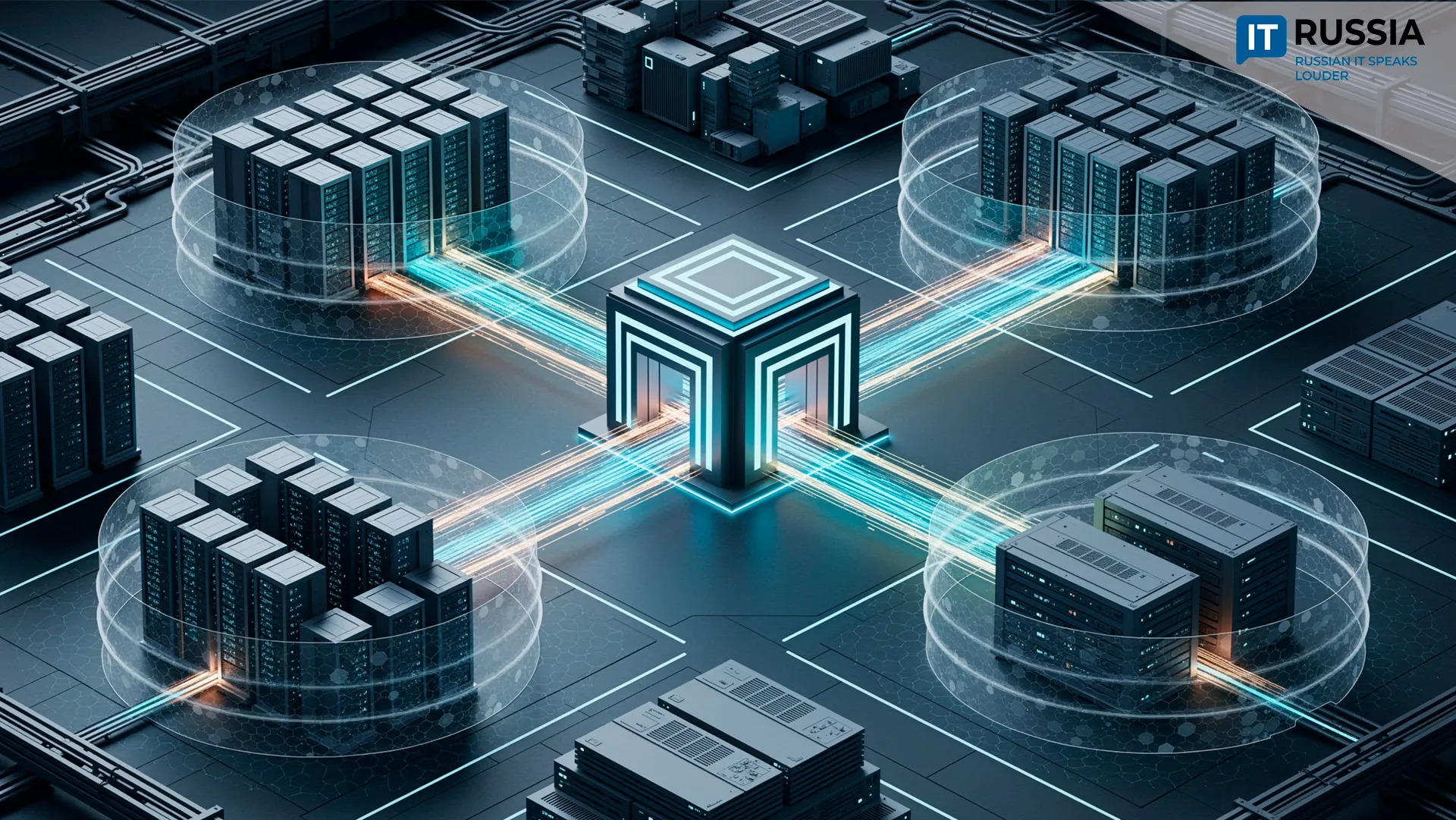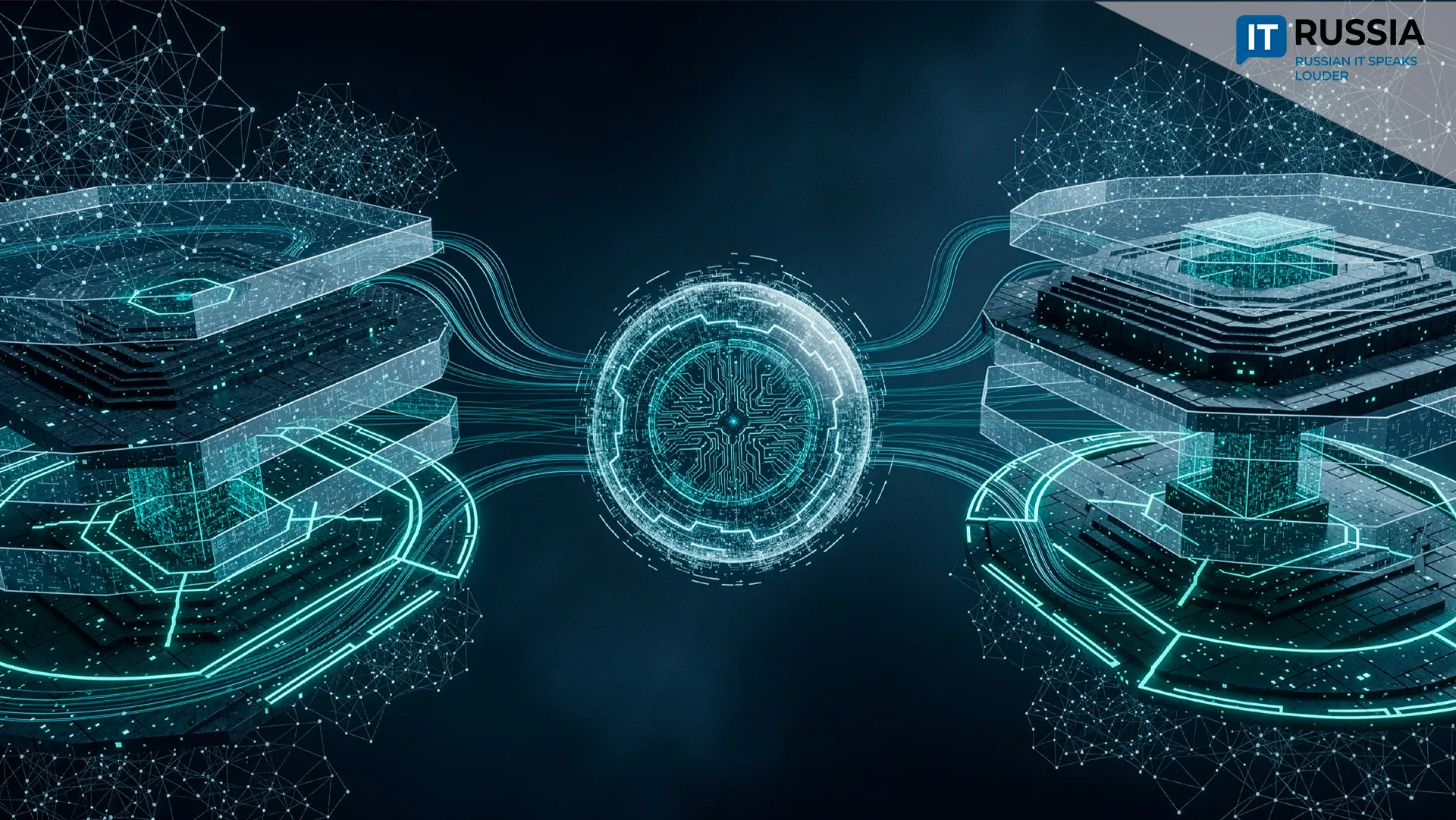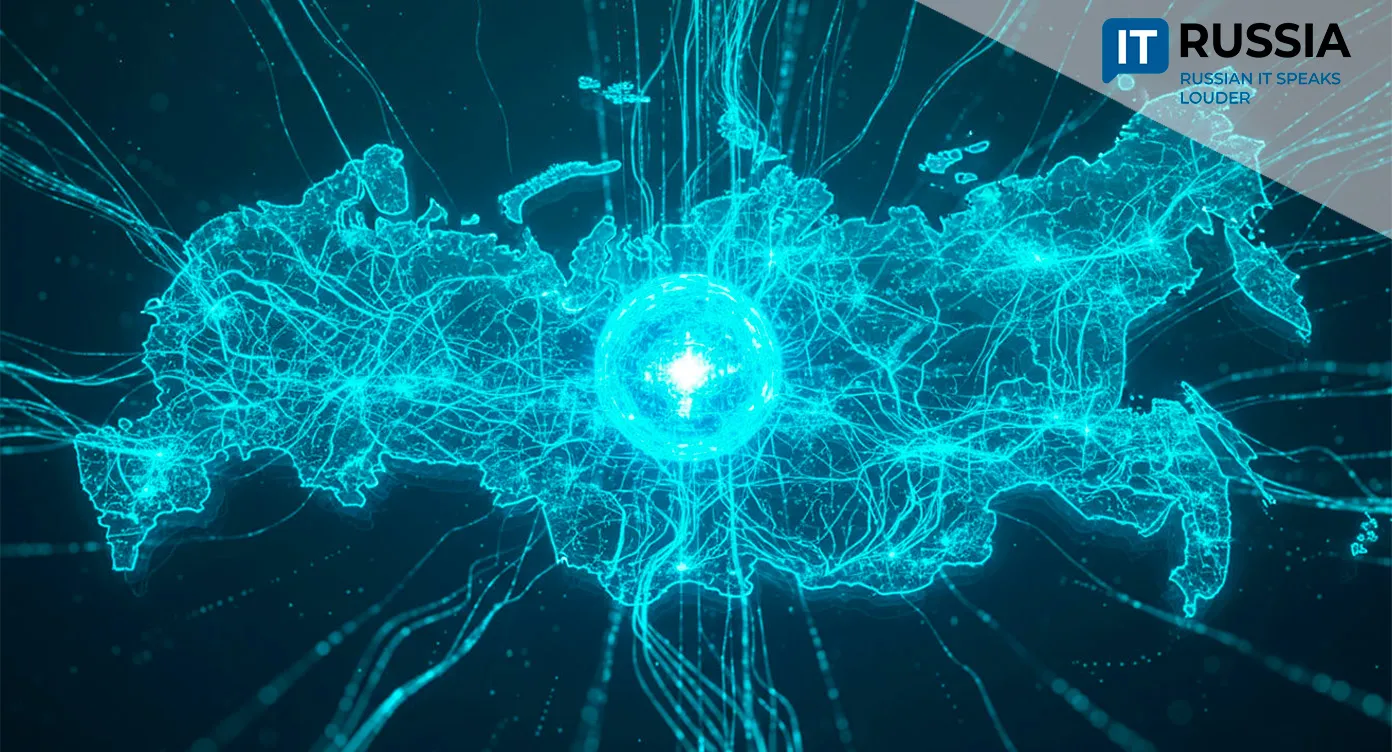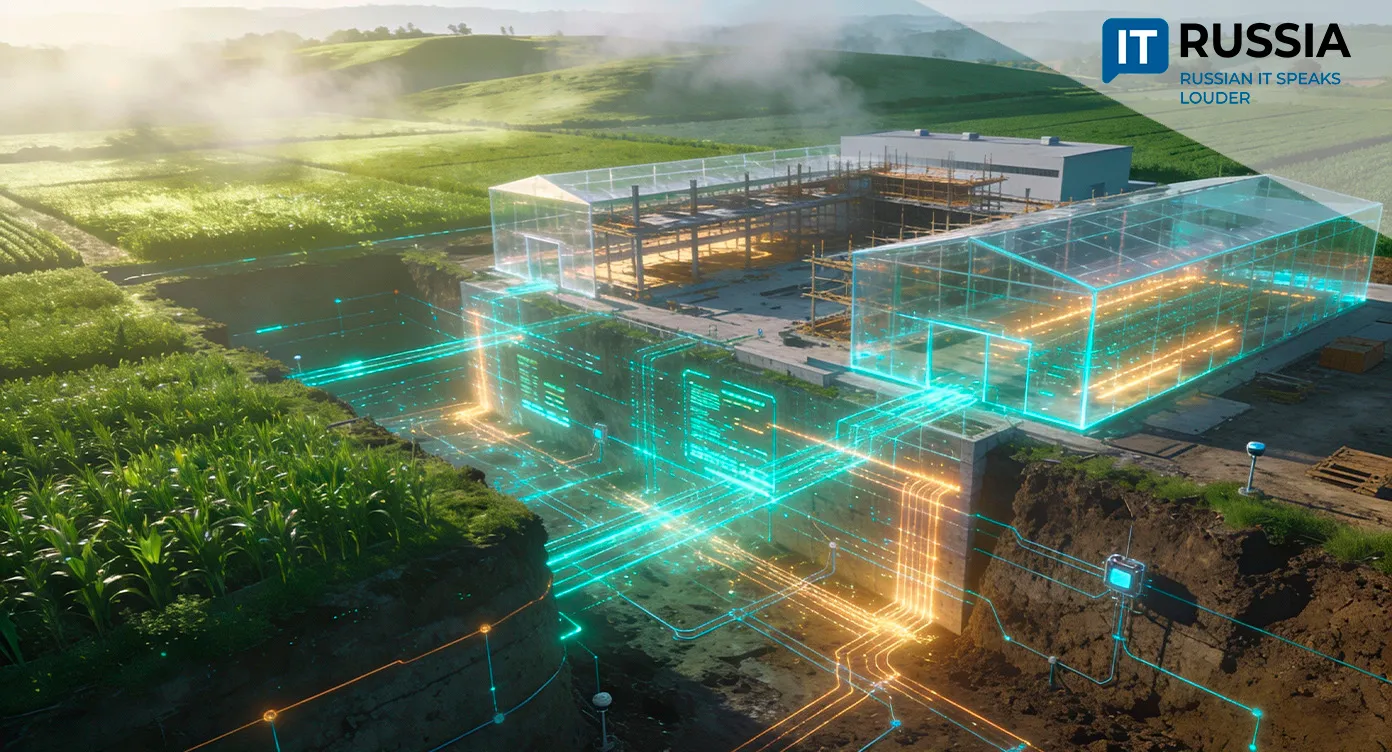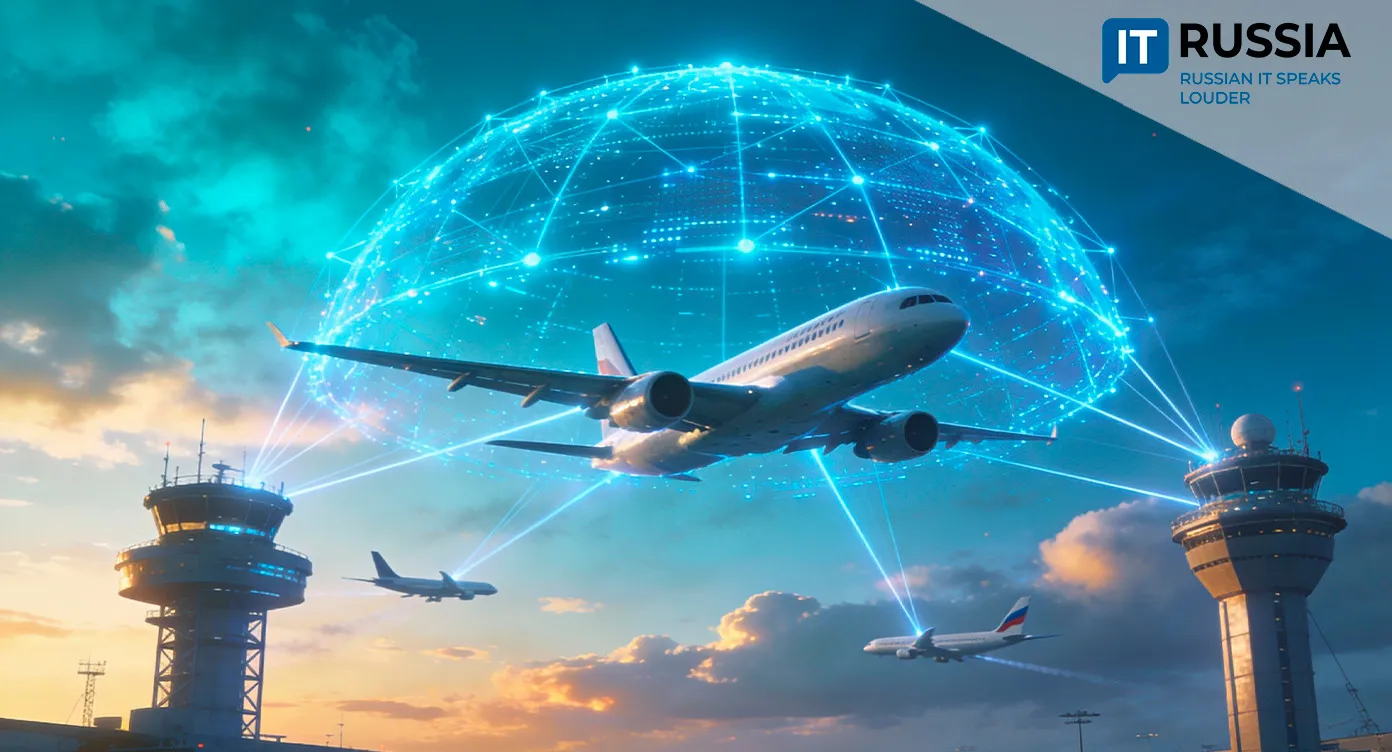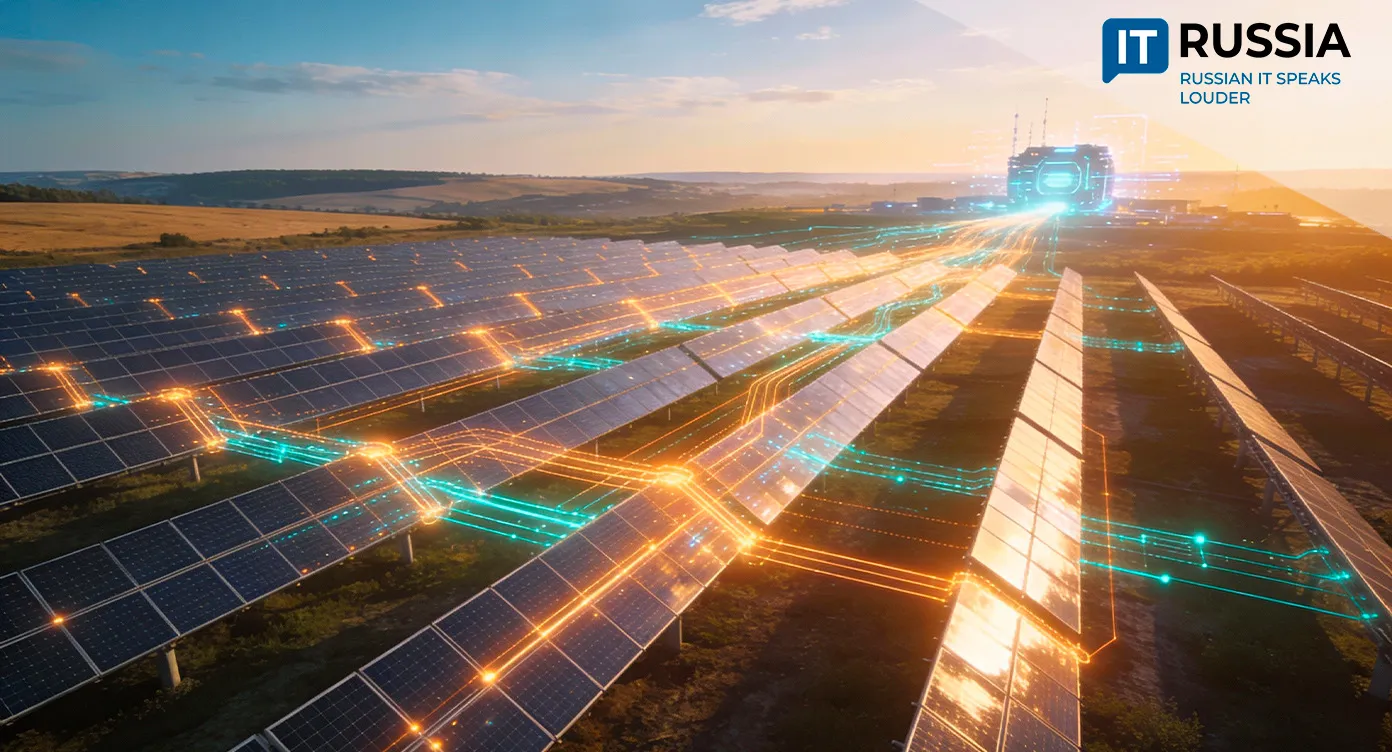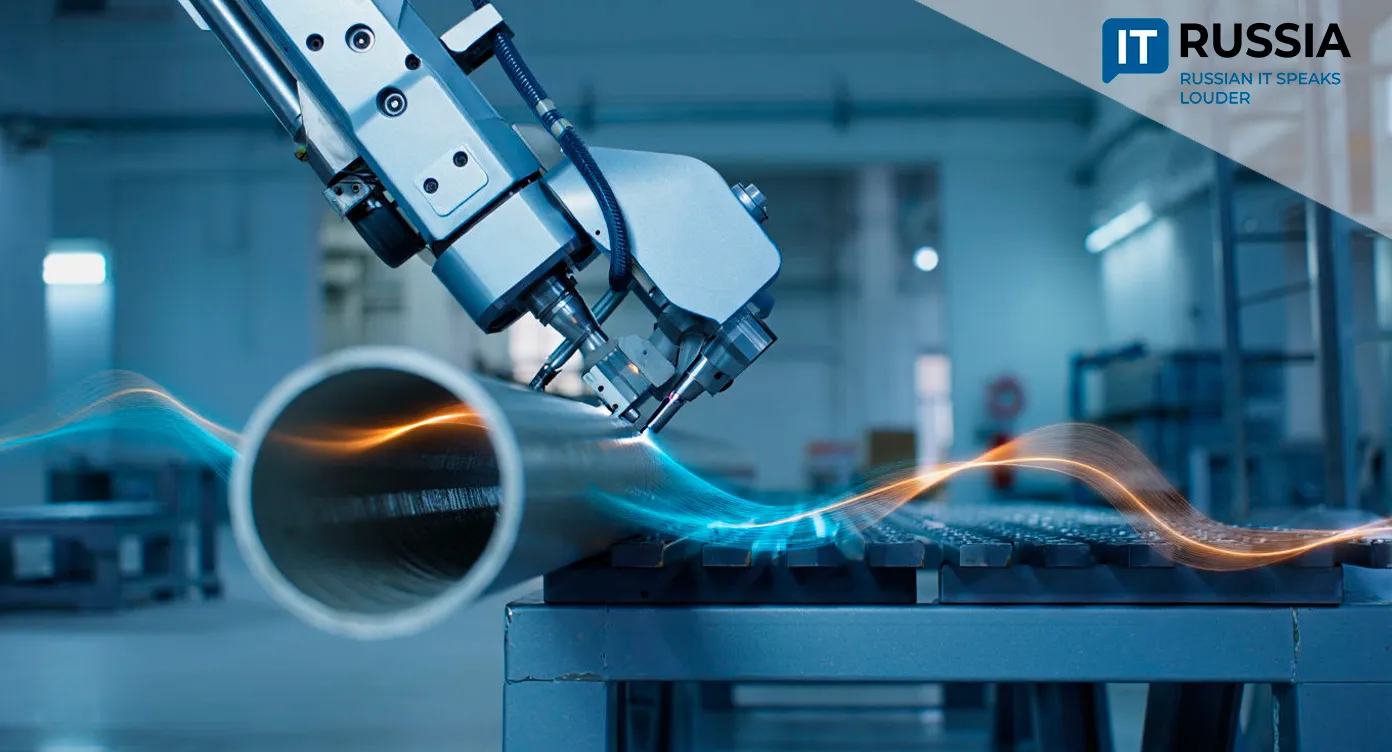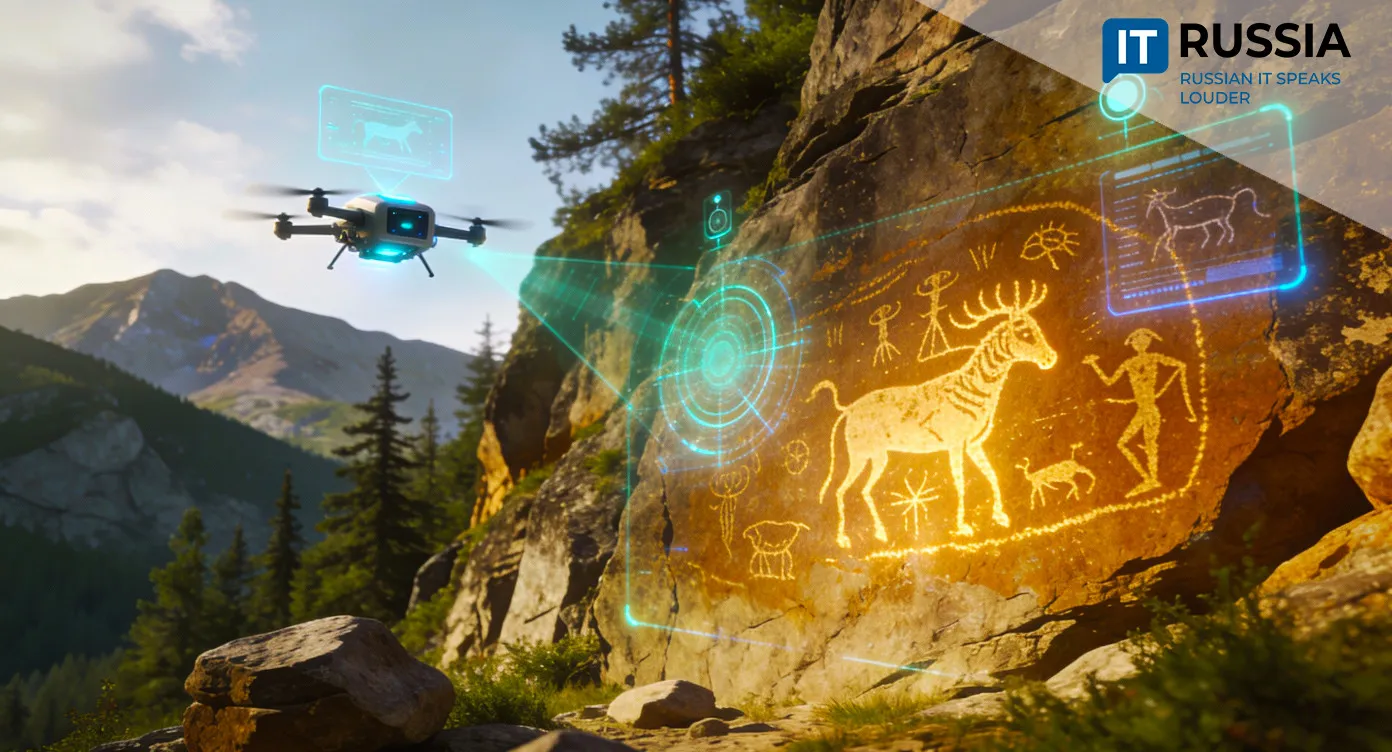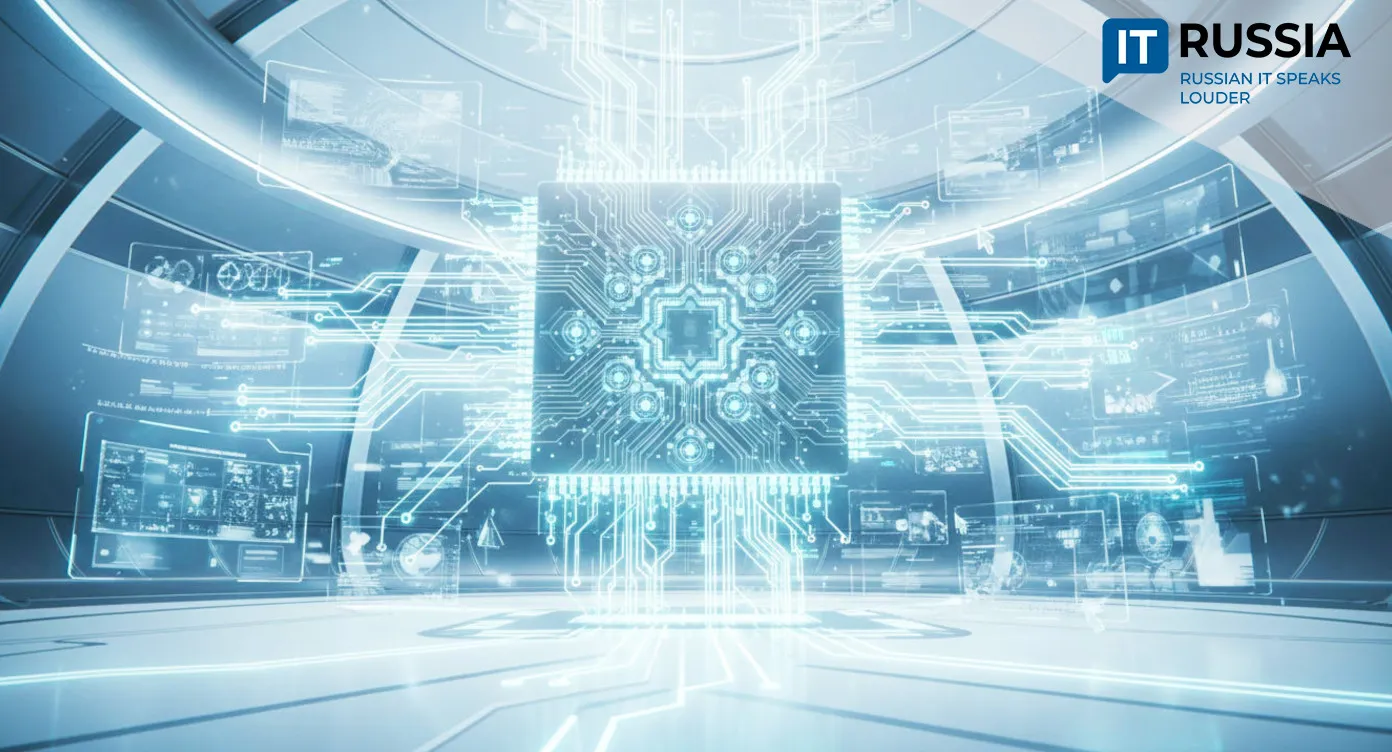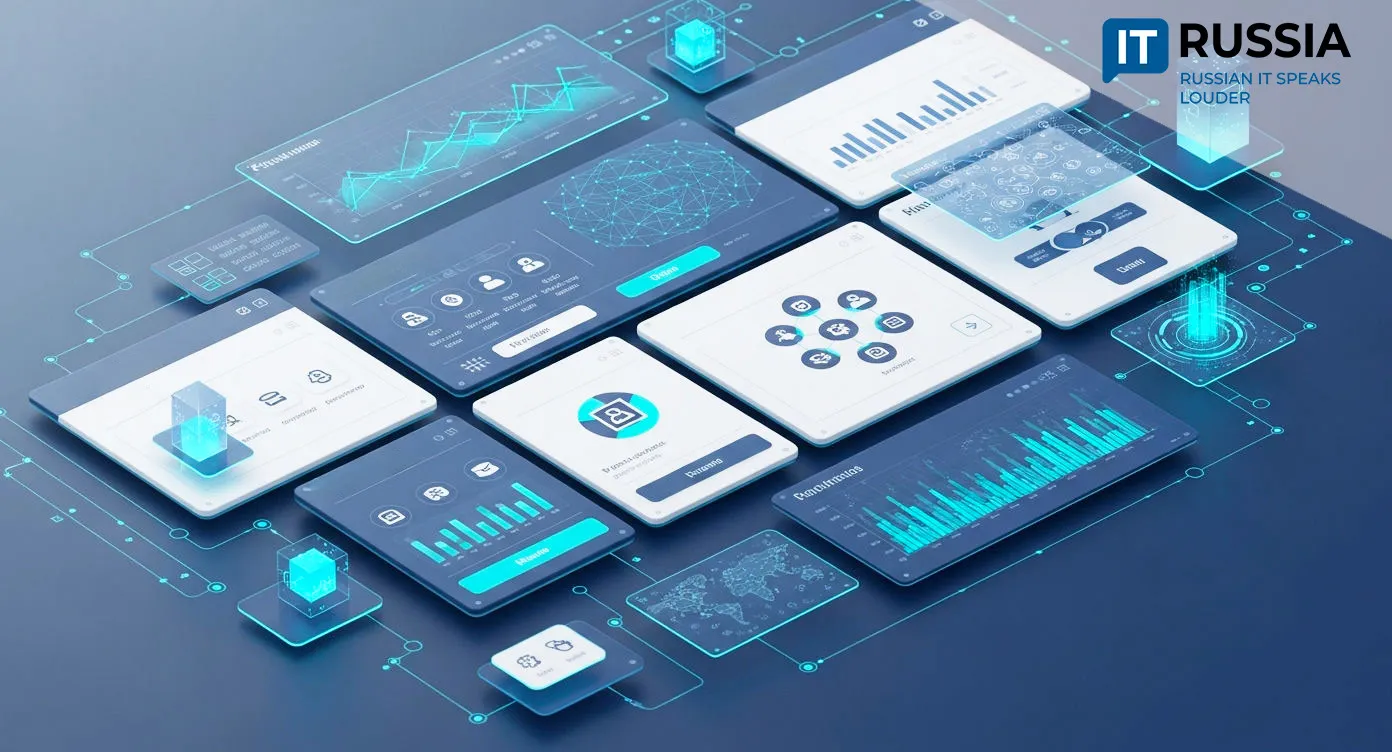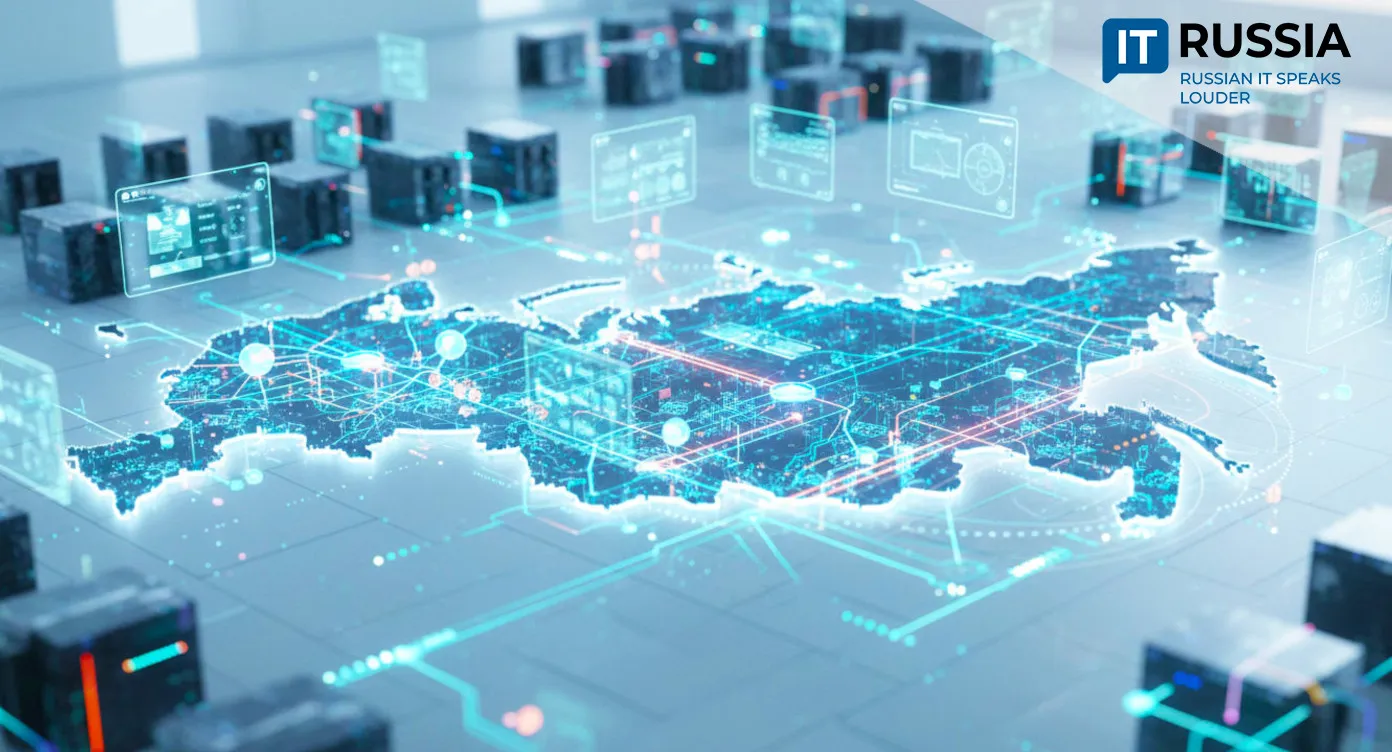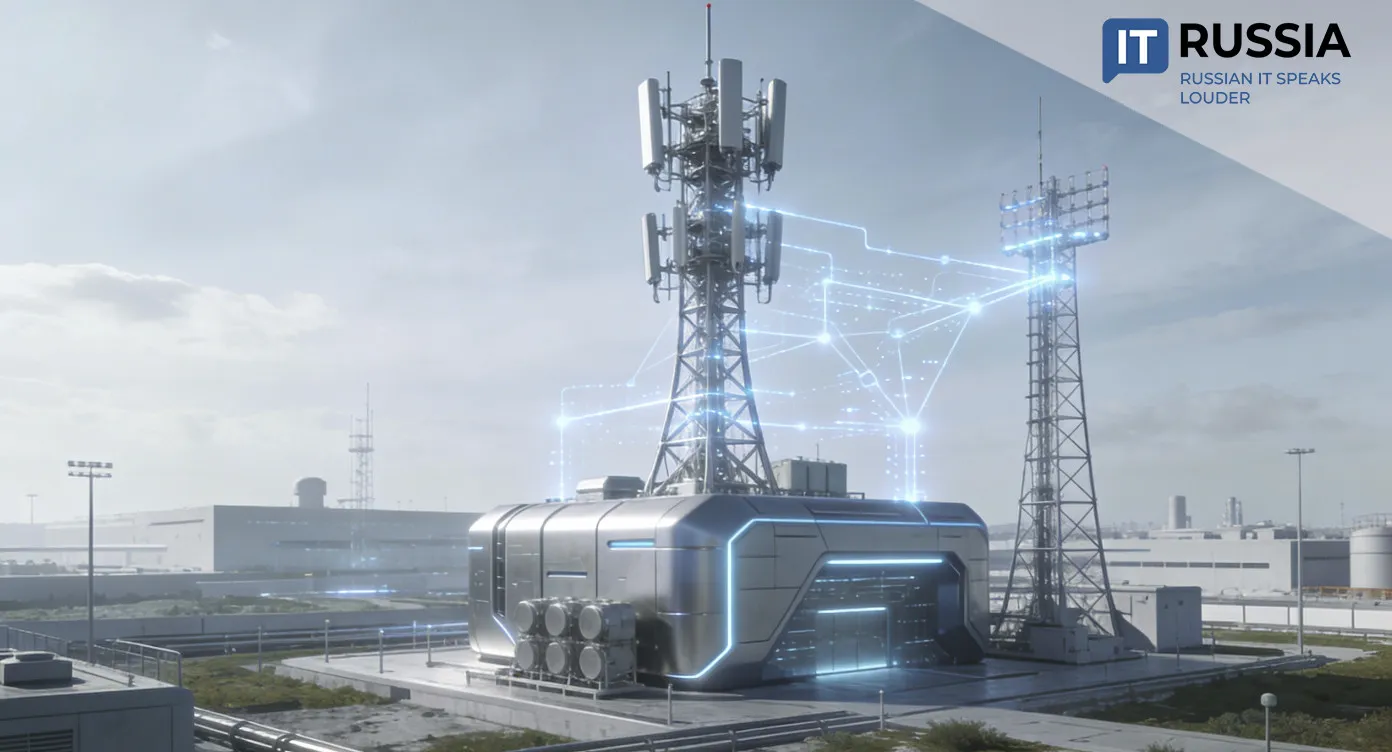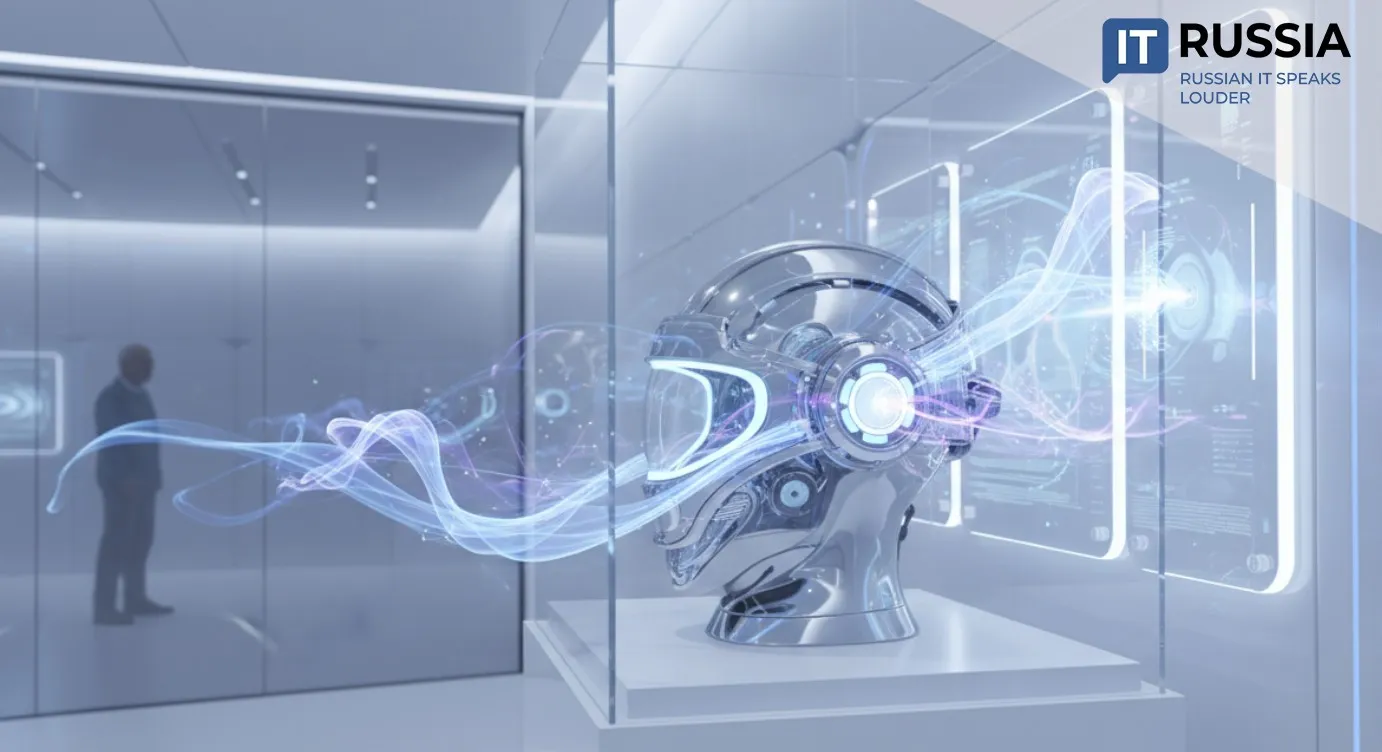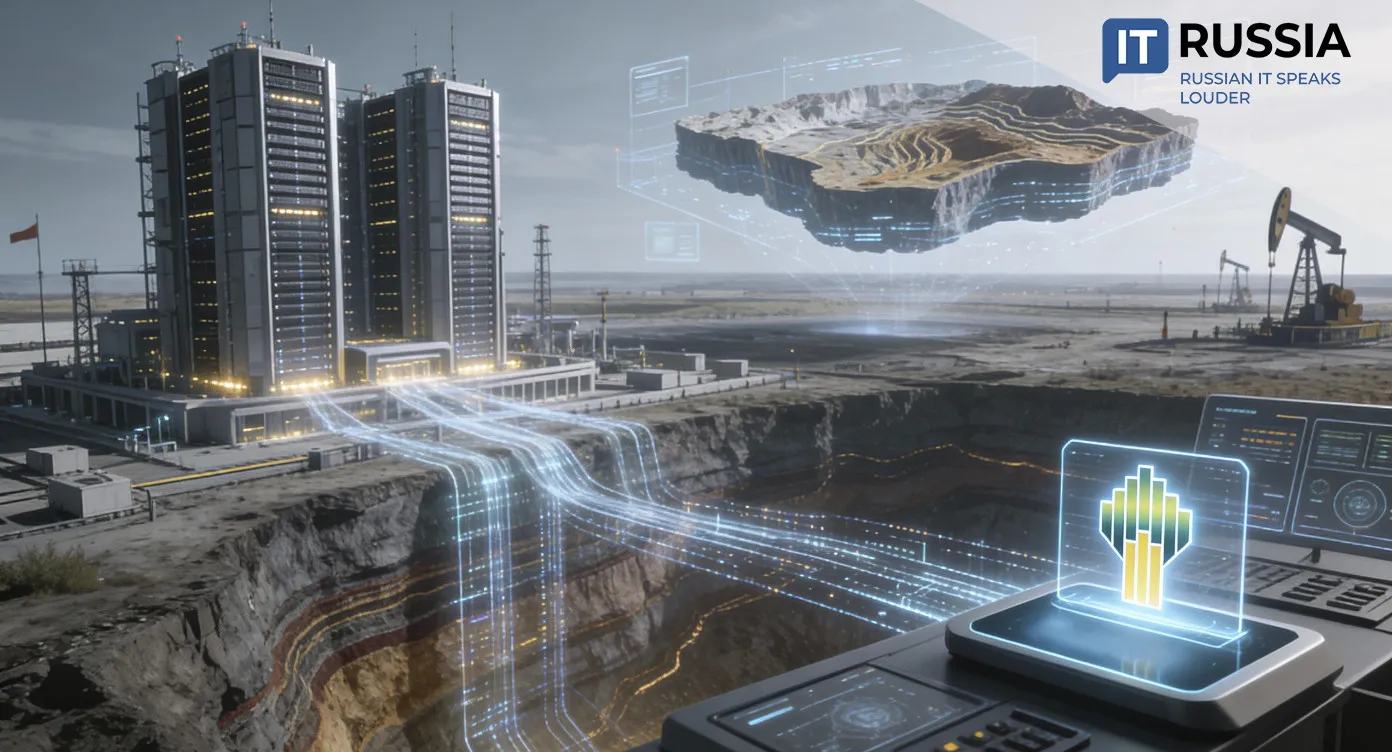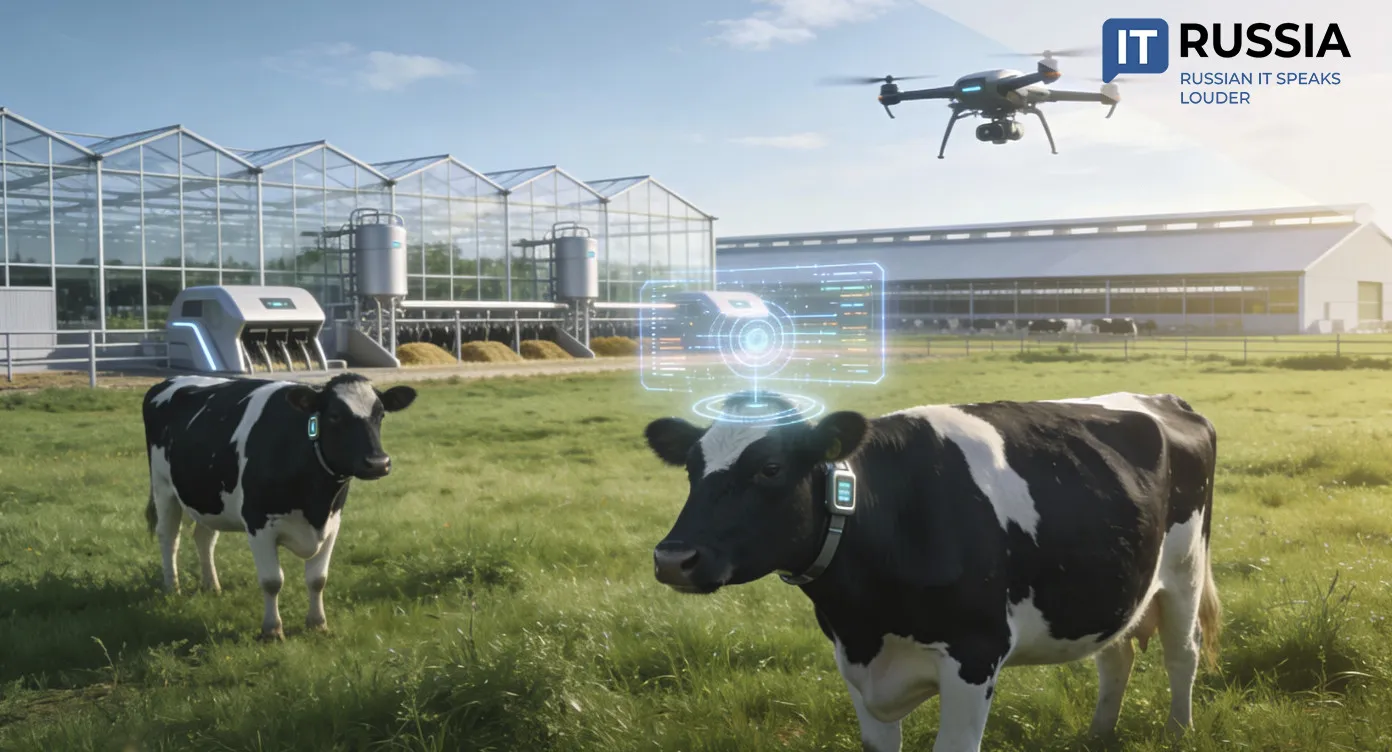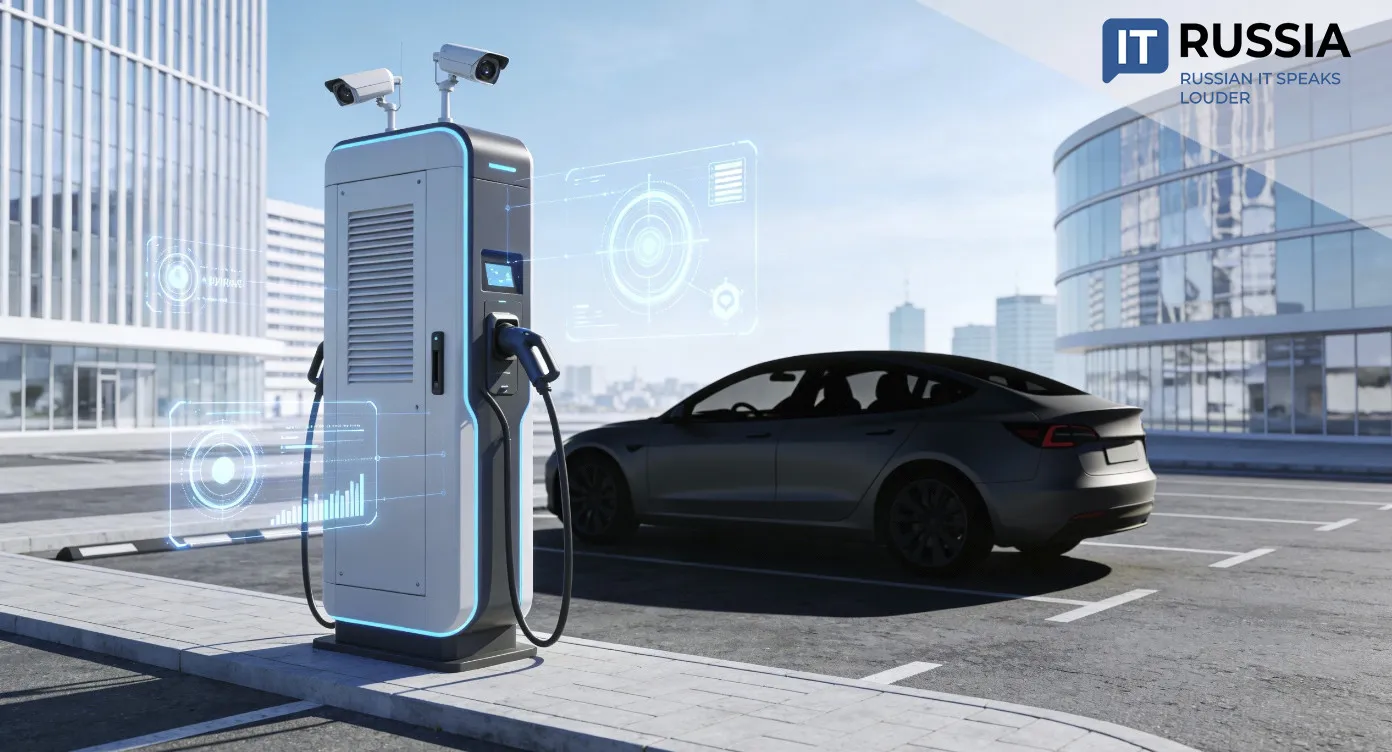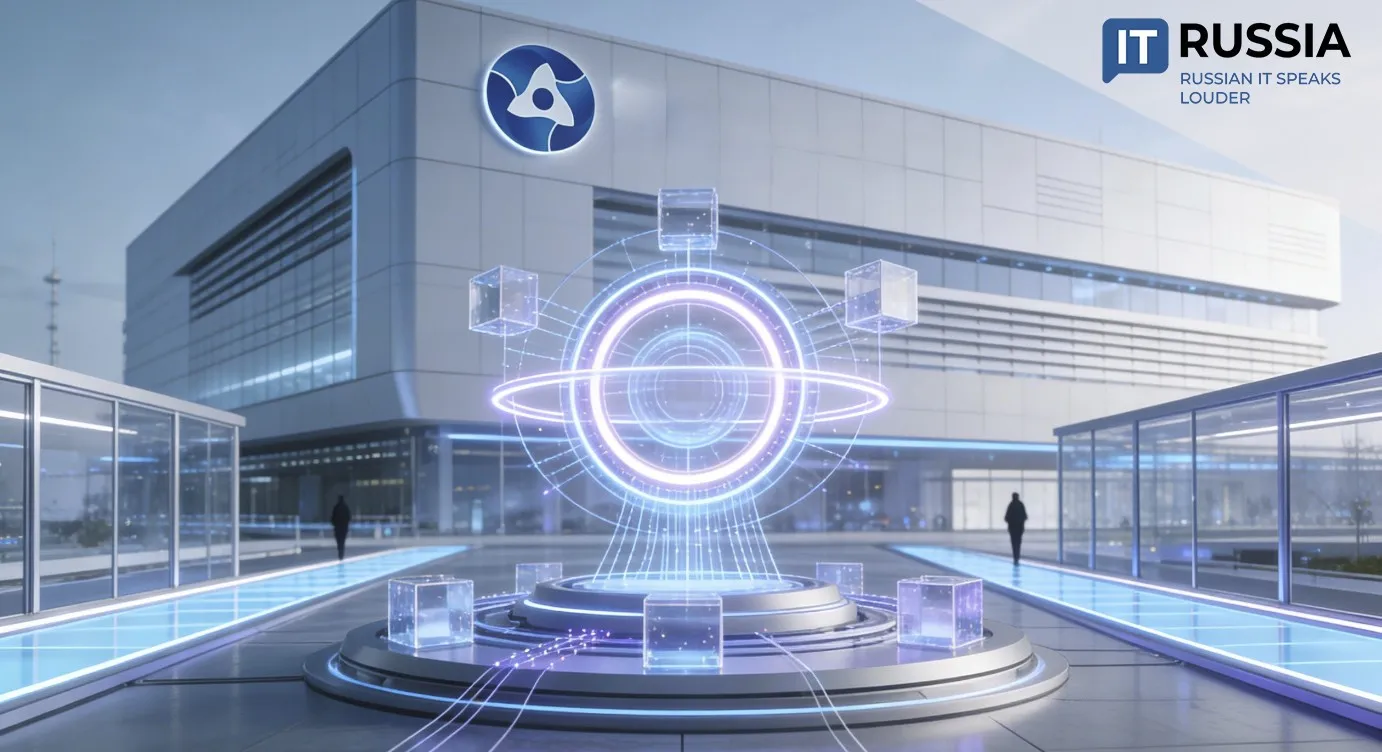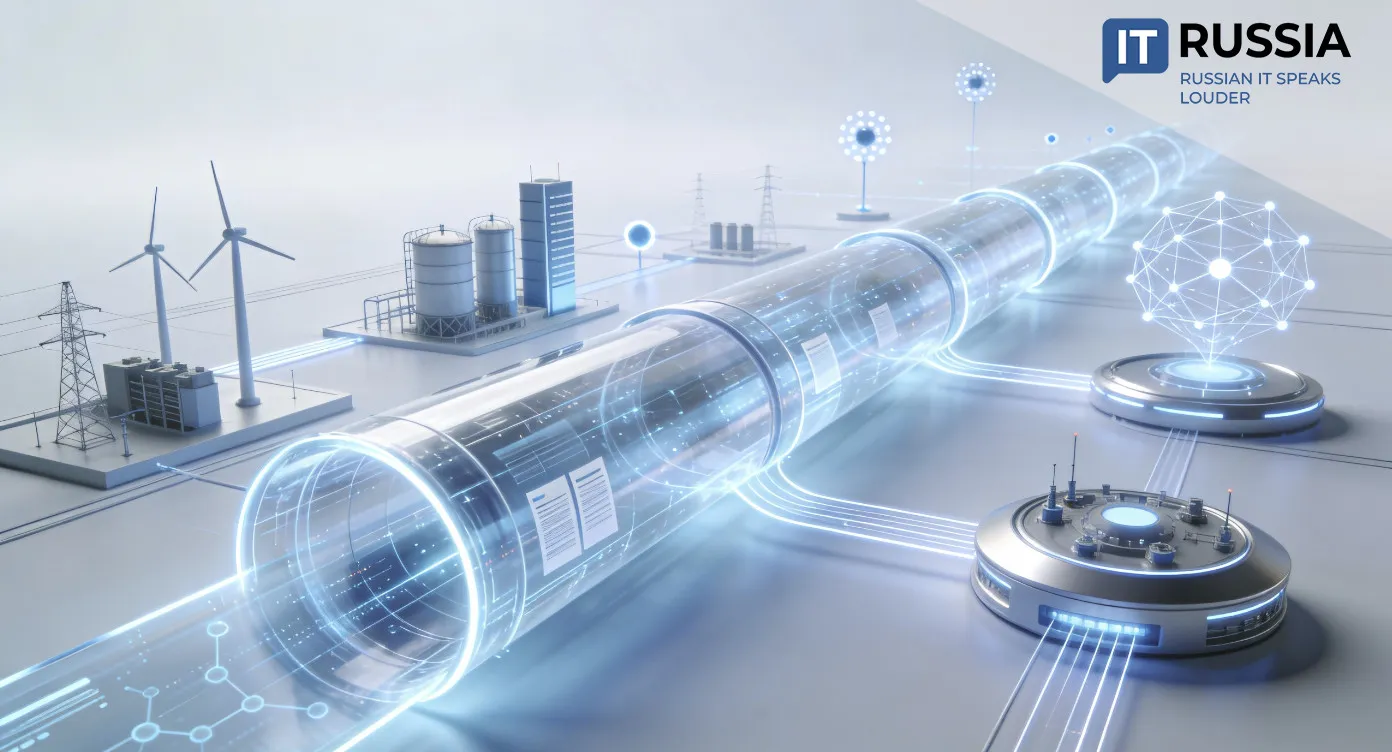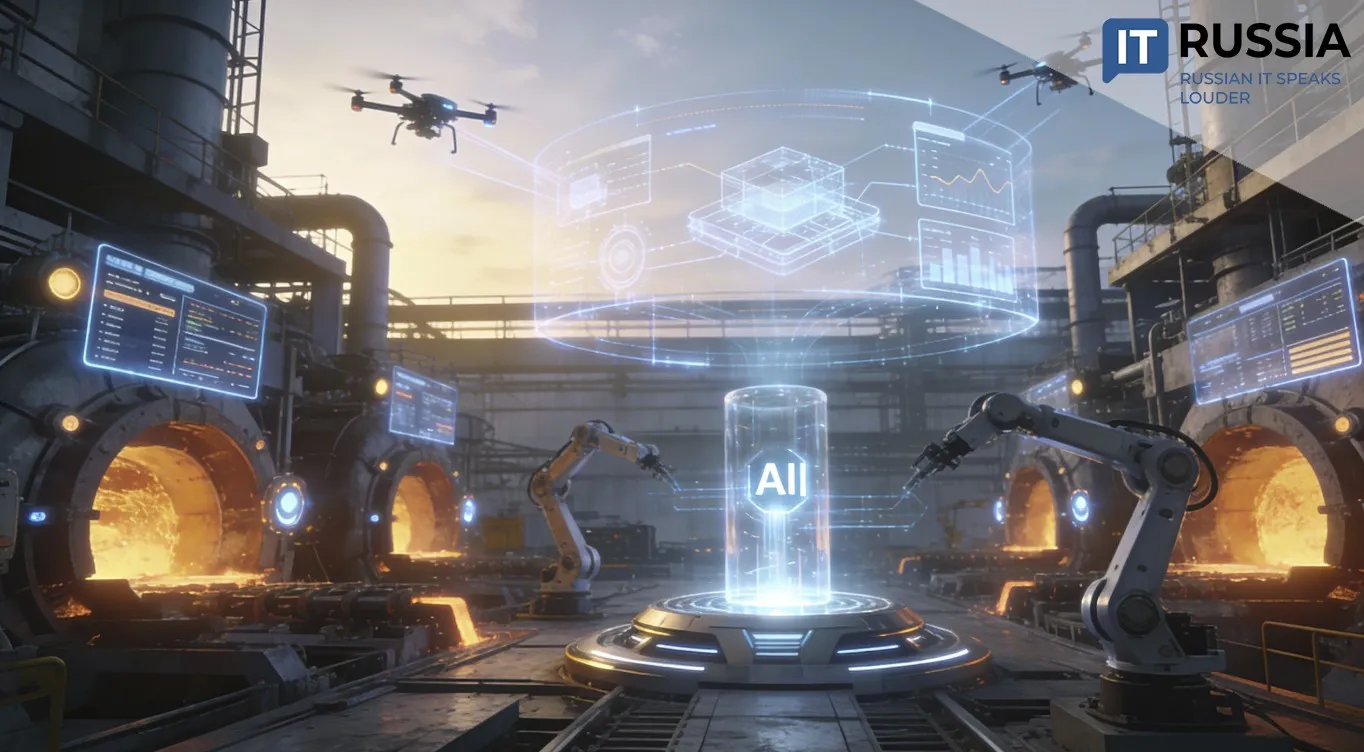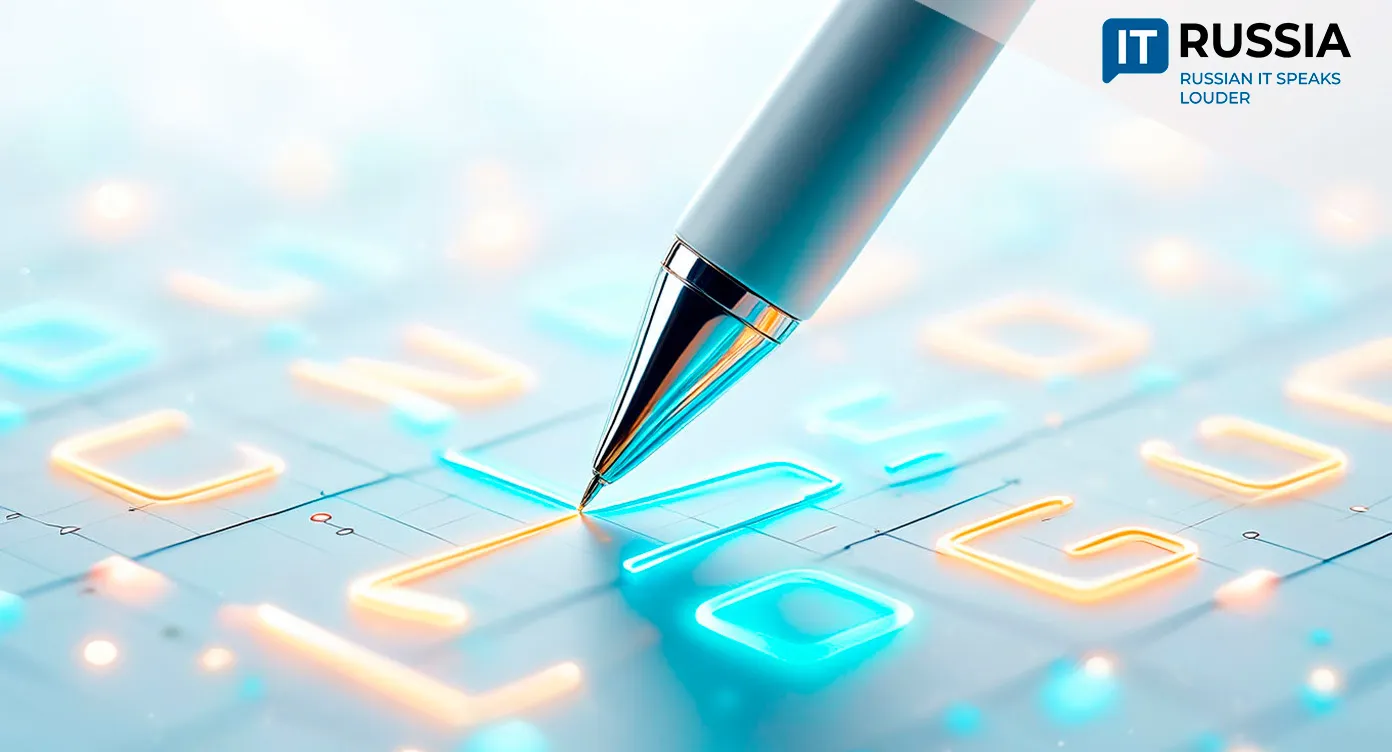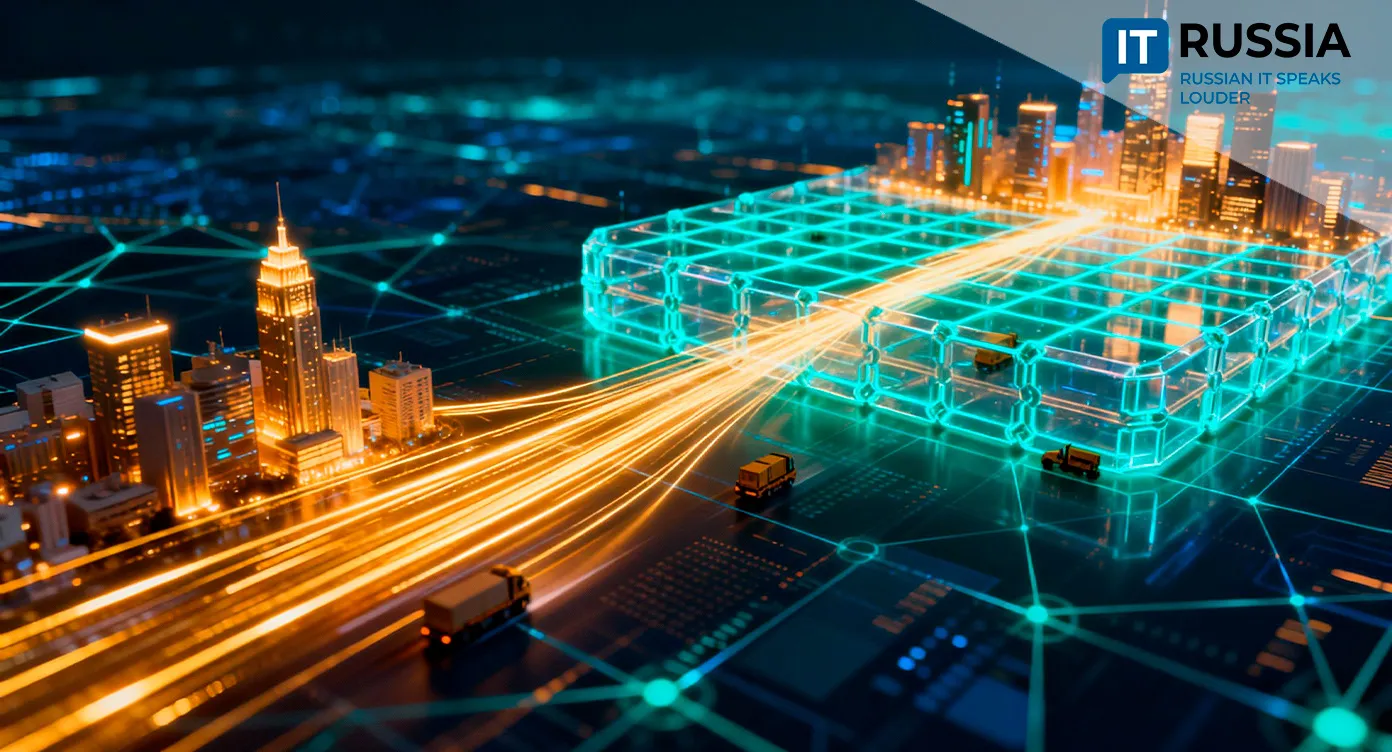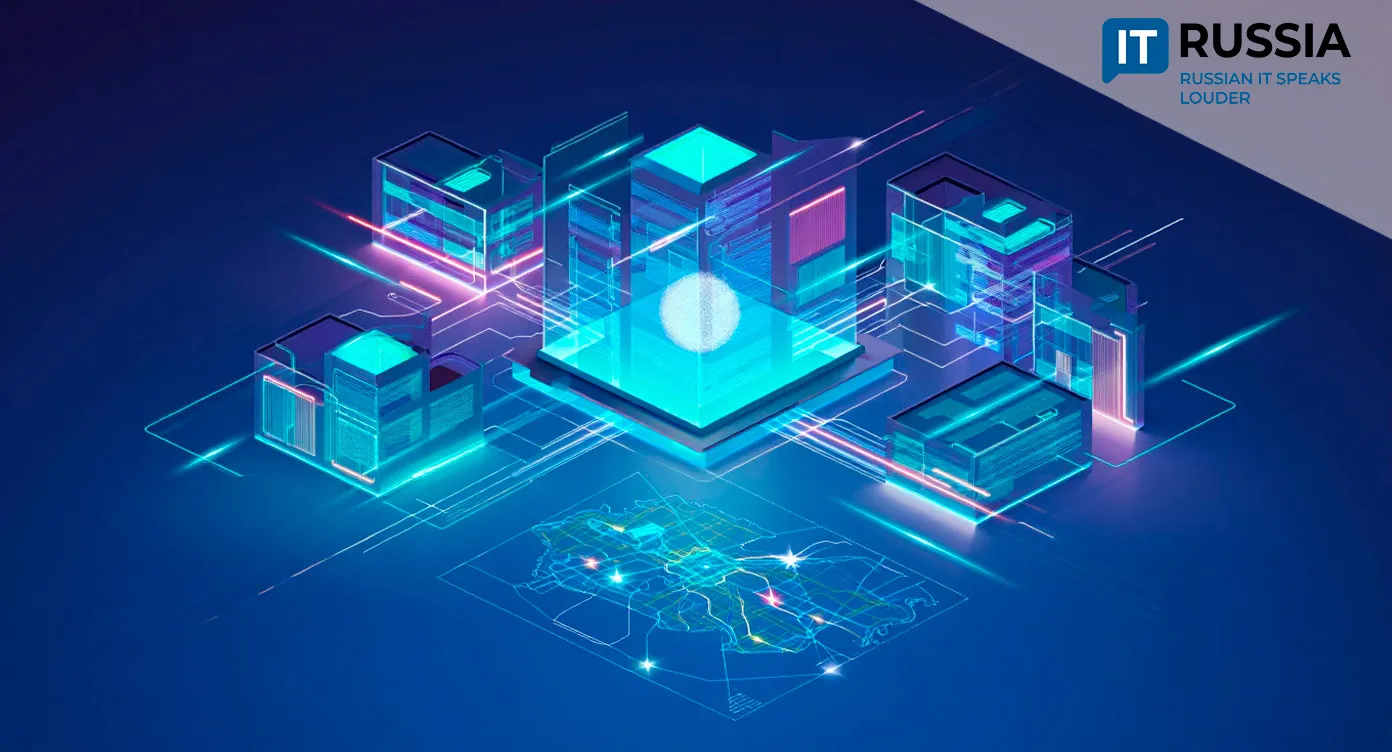Freedom from Routine: How AI Is Transforming Russian Agriculture
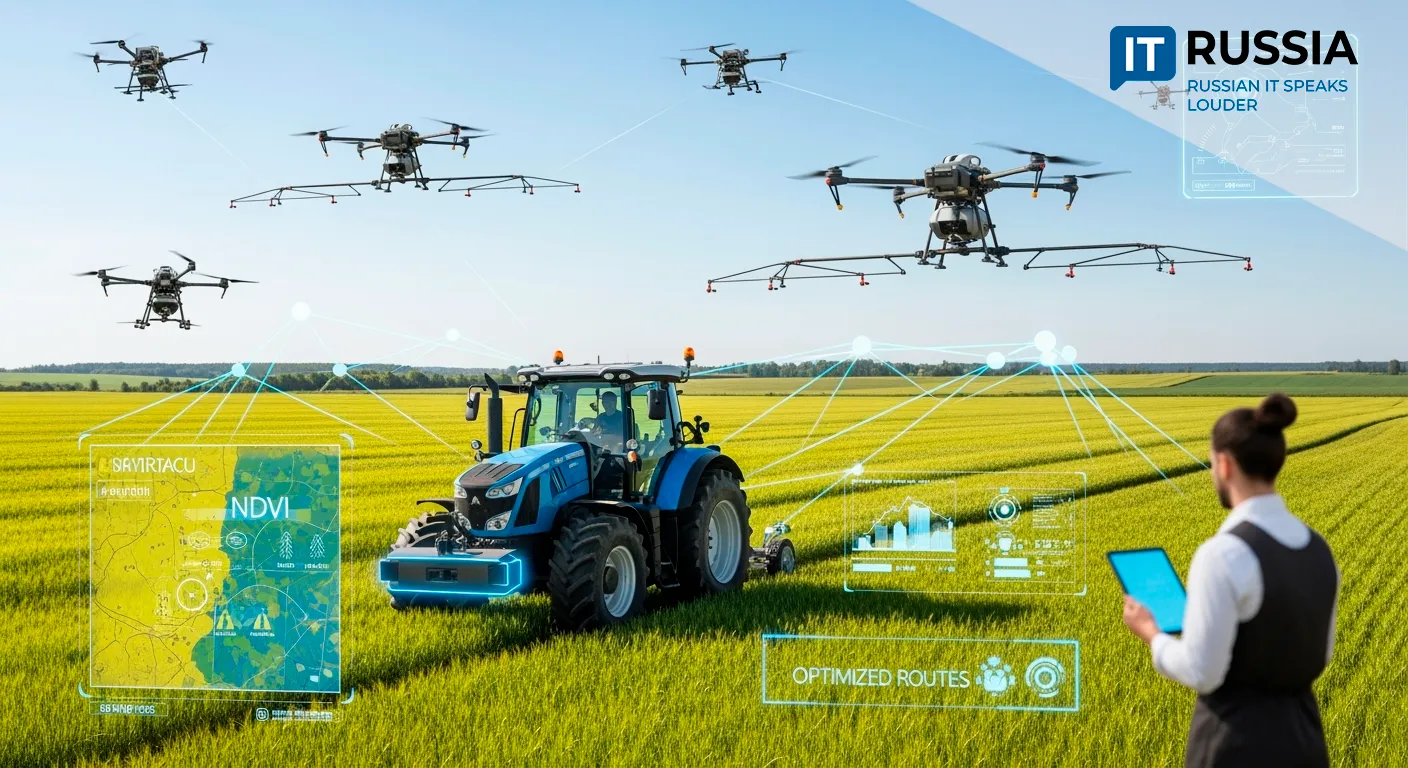
Artificial intelligence is rapidly reshaping Russian agriculture, increasing efficiency and productivity by shifting manual labor to automated systems. AI is no longer a future promise—it’s becoming the backbone of a smarter, more self-sufficient agtech sector.
AI Boosts Labor Productivity in the Fields
In just a decade, labor productivity in Russian agriculture has grown by 55%—the highest rate across the nation’s economy. This leap is largely attributed to the integration of digital technologies, particularly AI.
Autonomous systems now enable tractors and harvesters to detect field boundaries and calculate optimal routes for tillage and planting. Over 15,000 agricultural machines in Russia are already equipped with such auto-piloting systems. These upgrades have improved operational efficiency by approximately 25% and reduced crop losses by nearly 13%.
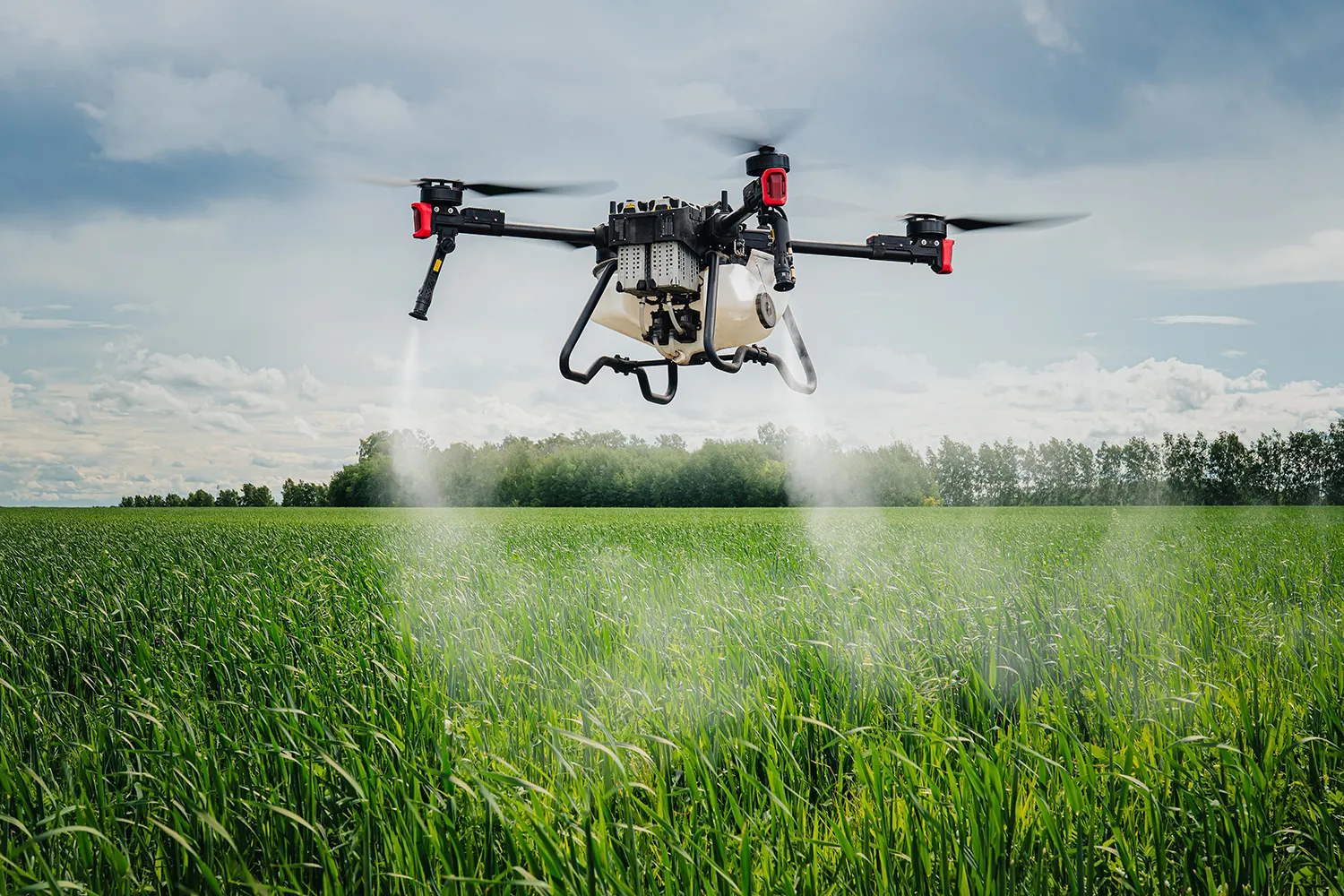
Svetlana Linnik, CEO of Pegas-Agro,
explains: “The machines work in sync. Tasks are pre-programmed by specialists
using tablets, after which the equipment runs autonomously.”
Even demanding tasks like weeding and soil cultivation in rice paddies are being handled by robots like the ArvaTec MoonDino, which can operate 16 hours on a single charge across two shifts.
Next-Gen Ag Drones Lead the Charge
Drones have evolved far beyond simple aerial surveys. Modern agri-drones now perform real-time crop treatment at impressive scales. A swarm can cover around 50 hectares in an hour, with operational costs roughly five times lower than traditional spraying methods.
These UAVs generate thermographic and NDVI maps to pinpoint nutrient-rich zones, nitrogen concentration, and crop development rates. Multispectral imagery is processed by AI systems that diagnose plant stress, highlight irrigation or fertilization needs, and alert when it’s time to harvest.
Drones also play a vital role in detecting pests and diseases early. This precision approach reduces the need for plant protection chemicals by 20% to 50%, slashing production costs by up to one-third.
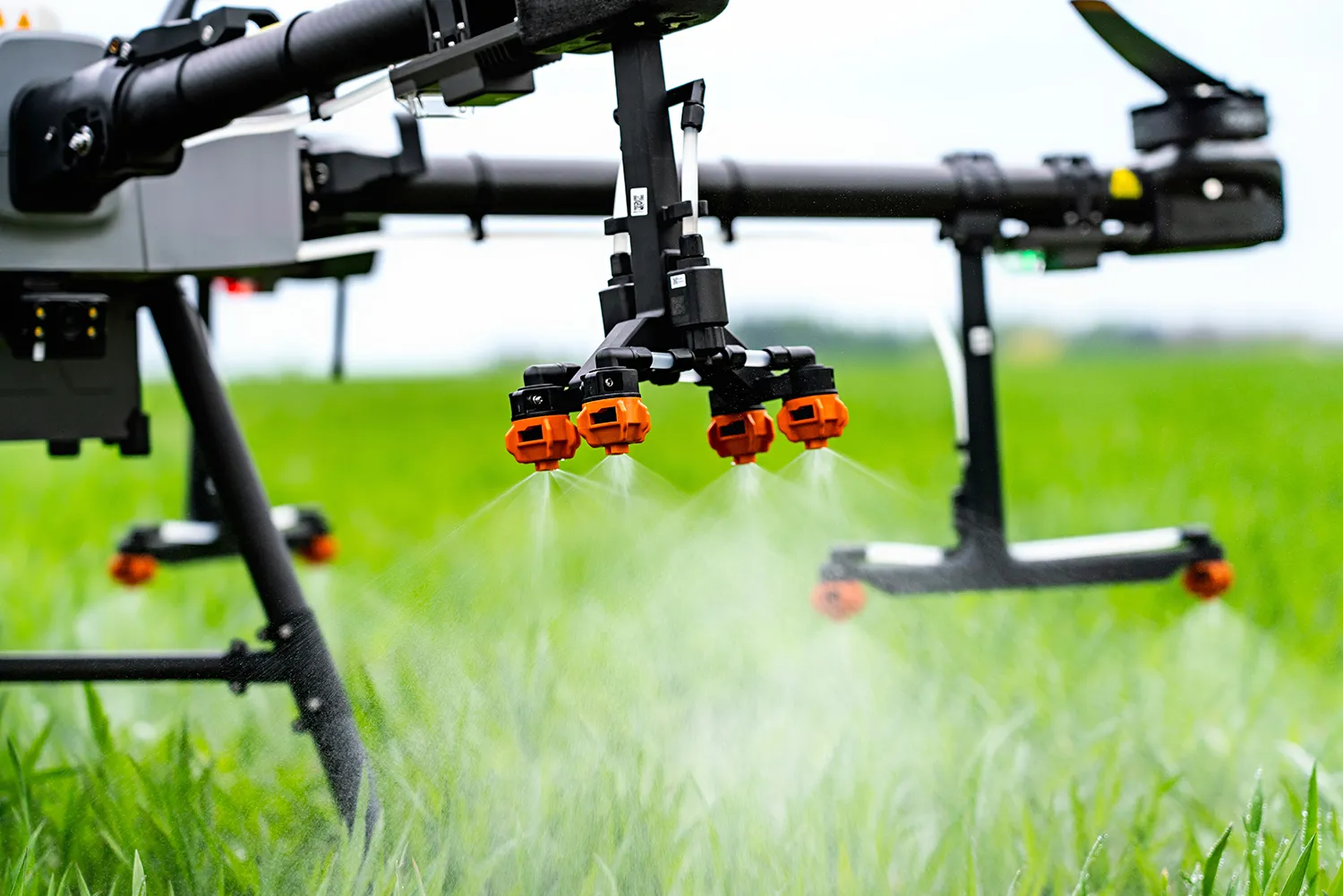
Greenhouse Tech and AI in Breeding
In greenhouses, AI-powered lighting systems have doubled crop yields compared to conventional farms. Meanwhile, robotic modules handle routine work like sorting, stacking, and palletizing. In one Volgograd complex, 200 workers were reallocated from manual tasks, allowing higher wages through productivity gains.
AI is also transforming plant breeding. Smart sensors now measure crop traits in real time, cutting the workload of geneticists in half. Simulation software can model disease dynamics, shortening research timelines by up to 50%. These efficiencies accelerate the development of resilient, high-yield crop varieties.
From Pilot Projects to Industry Standards
AI technologies—autonomous tractors, drone fleets, robotics in storage and greenhouses, and AI for breeding—are now moving from trial to mainstream adoption.
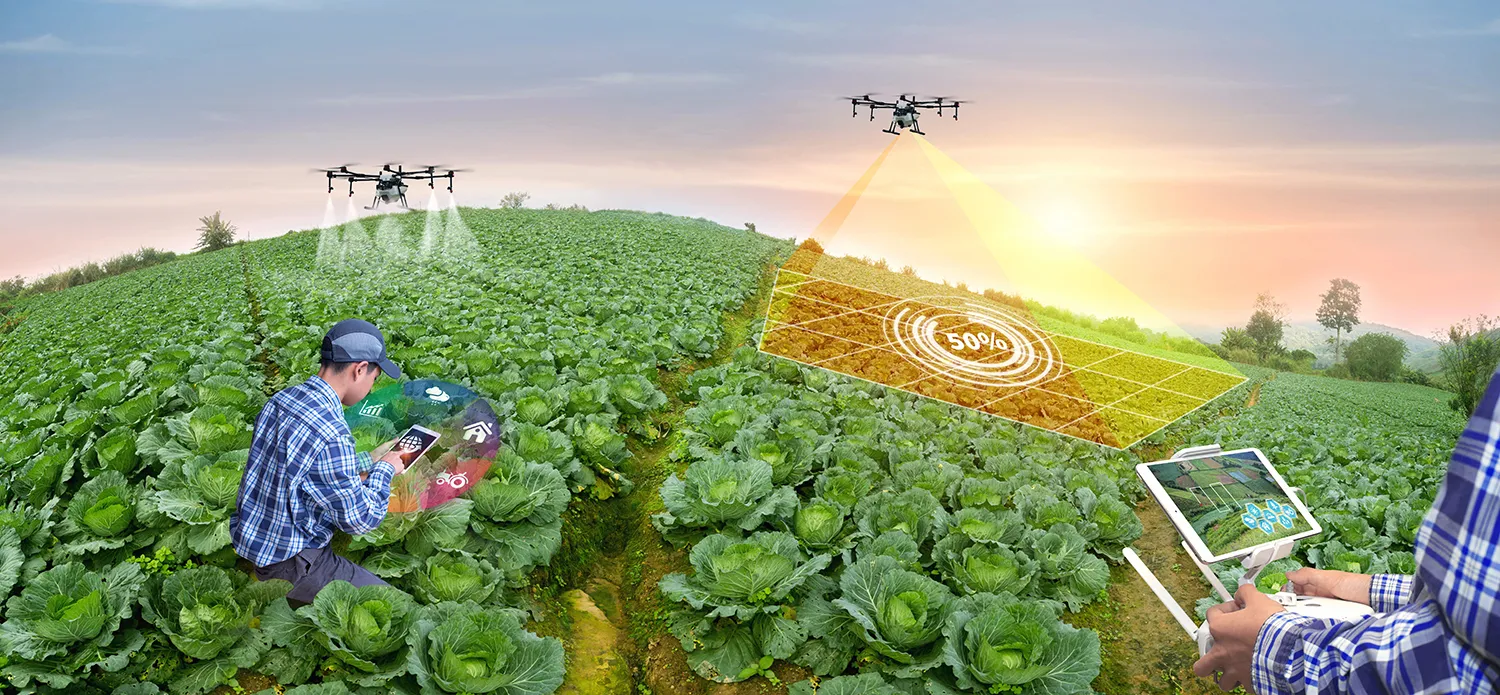
Russia is also shifting from imported agtech software to homegrown solutions. By 2027–2028, domestic platforms are expected to fully replace foreign ones across key functions: grain elevator and oil mill management, soil analysis robotics, drone control systems, and AI-driven analytics.
The Russian agricultural model is clearly headed toward a high-precision, technologically sovereign future. By 2030, the first fully autonomous agri-holdings may be in operation, leveraging AI to boost yields, cut costs, and supply both the domestic market and global buyers with smart agricultural solutions.



